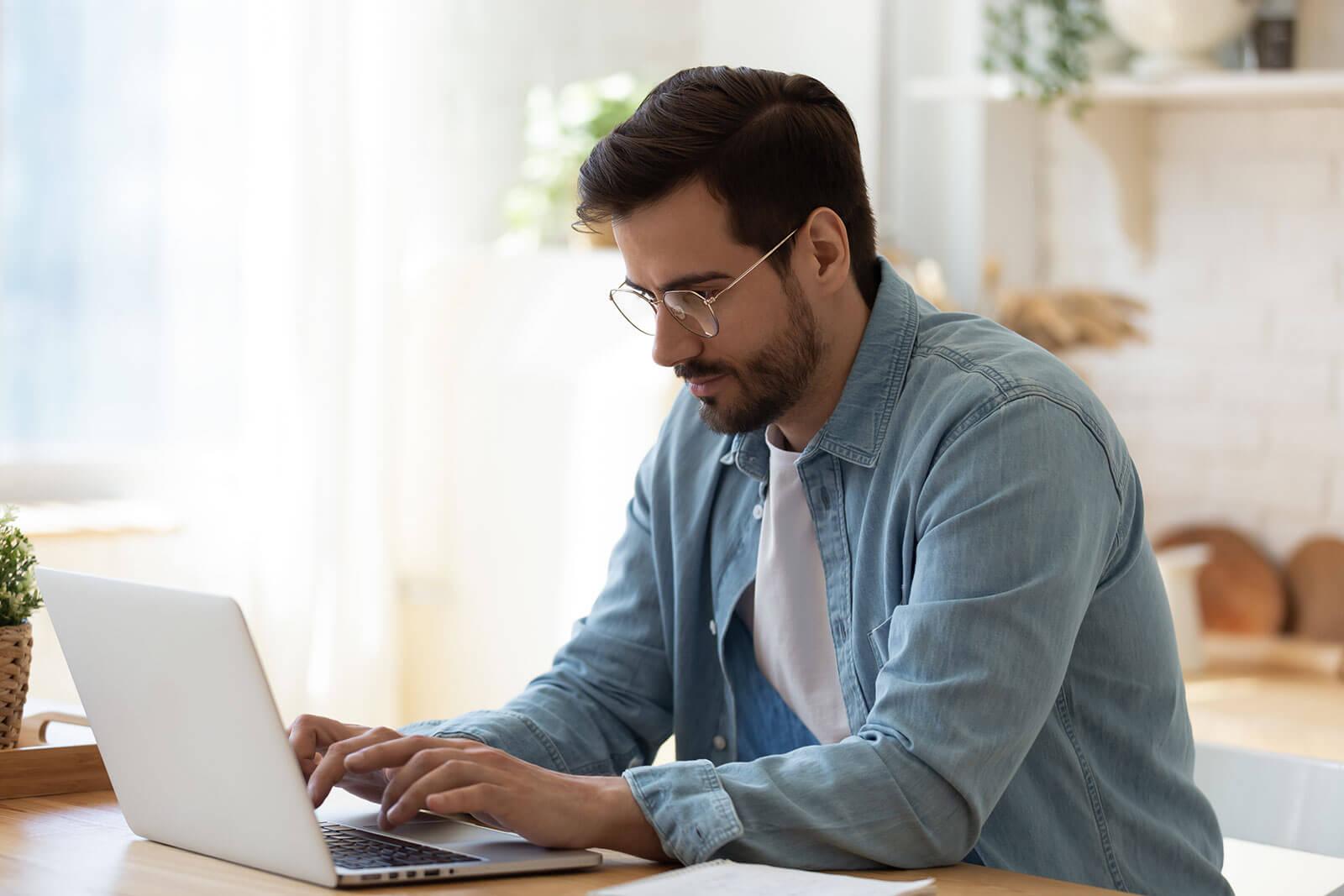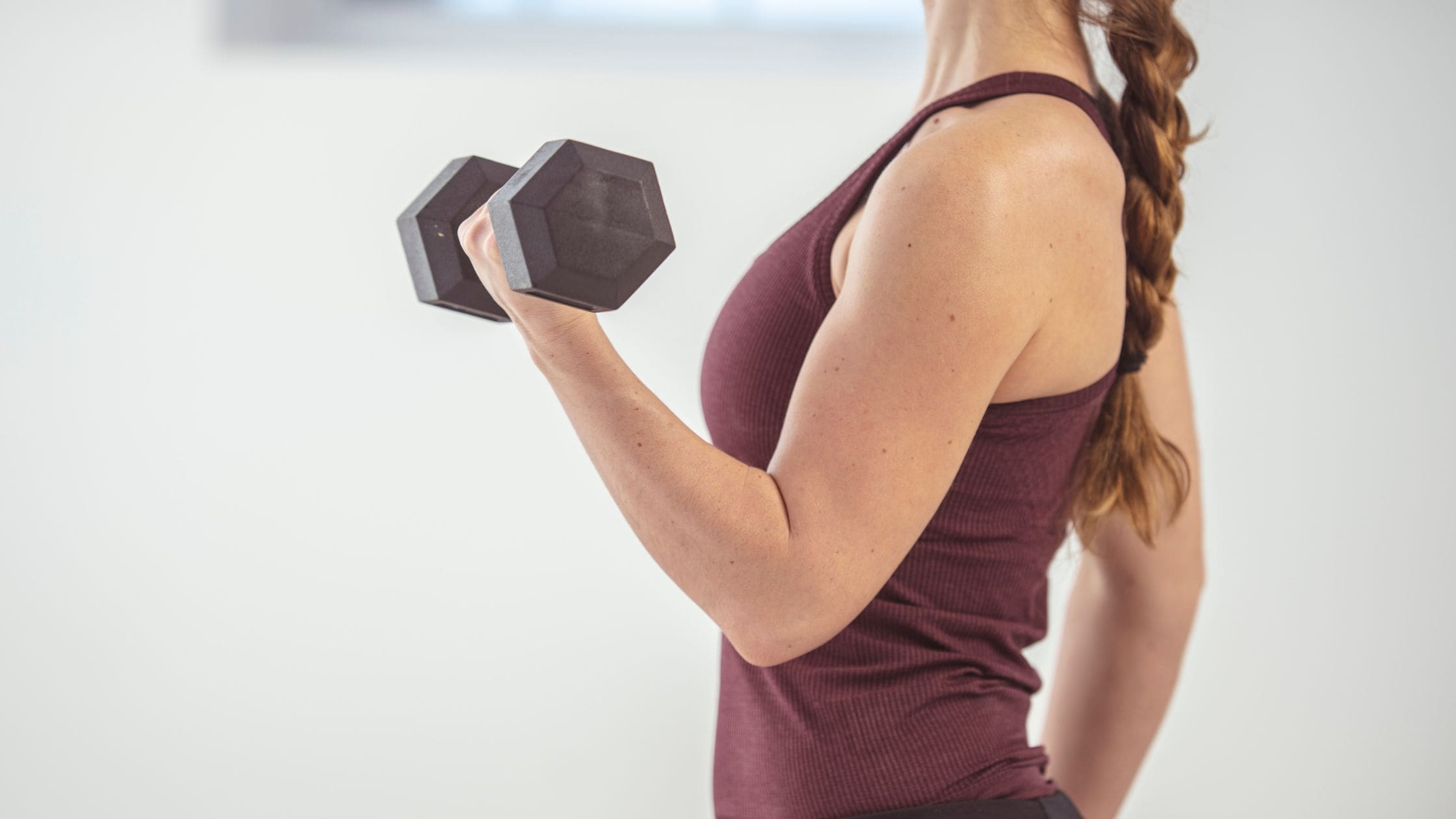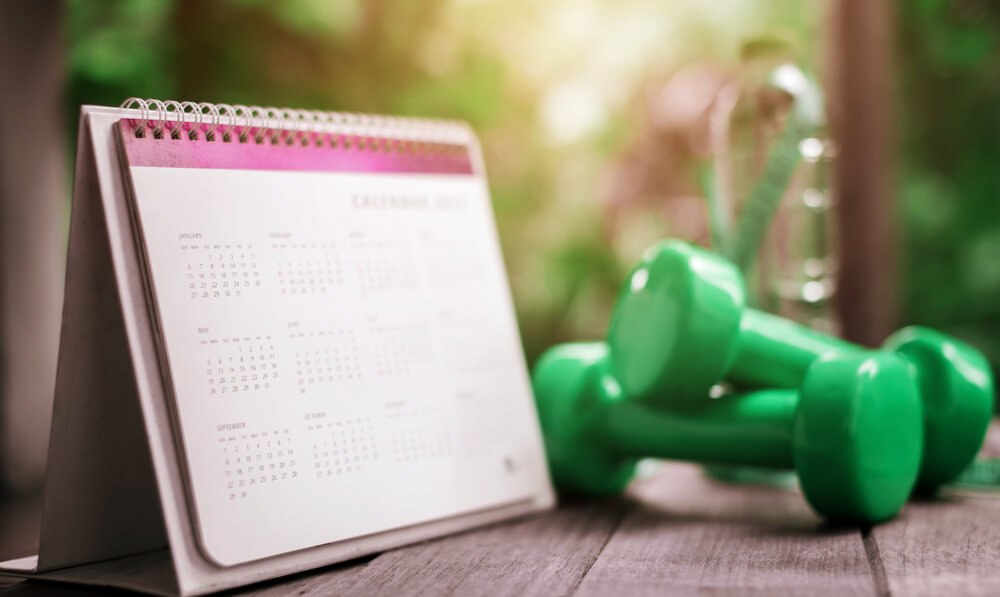In light of recent events, many more of us find ourselves working from home and without a working set up that allows us to work comfortably, thus causing back pain.
If you’ve been working from home since the start of the pandemic expecting it to be short term so didn’t focus on your set up and are still there, still sitting on your sofa or dining room table, you are not alone! More people than ever are complaining of lower back pain so it may be time to consider your home office set-up.
According to the Office for National Statistics, in April 2020, 46.6% of people did some work at home, 86% of those did so because of the coronavirus pandemic. These statistics were even higher in London, with 57.2% of residents doing some work at home.
We understand the stresses and frustrations of working from home, especially the toll it can take on your body. With more than one-third of people working more hours than usual because of not commuting and fewer office breaks, you may find yourself spending hours upon hours sitting in front of your laptop contributing to greater back pain.
Below, we share our advice and tips on how to relieve back pain from home.
How to relieve back pain at home
If you are experiencing back pain working from home, you need to make sure you’re working in the right environment by setting up an ergonomic home office which focuses on improving your position and posture.
Not only that, you should also be dedicating time to press pause, take a break and step away from your desk. This helps us to create mindful moments but also relieve the tensions on our bodies.
Correcting your posture
Physio’s love to correct people’s posture and it is true that there is an ideal position that you can sit in to avoid creating imbalances.
By correcting your posture you can help to alleviate muscle tension that is caused by sitting for prolonged periods of time forcing your spine into a “C” curve which puts greater pressure on the muscles.
For example, slouching in your chair can cause discomfort over time and place strain on sensitised muscles and soft tissues. Get in the habit of sitting correctly, by this we mean:
- Ensuring you aren’t poking your head forwards. Placing your elbows by your sides with wrists comfortably rested on a soft surface.
- Ensuring your back is supported by your chair.
- Your feet are firmly flat on the floor.
Core strengthening glutes exercises and back extensions can help to correct a slouching posture.
If you are finding yourself straining forwards to read your screen, consider investing in an eye test. If your job involves looking at a screen a lot, this should be undertaken yearly and will ensure that you pick up any problems early.
However, it is important to remember that no matter the position you will get stiff and sore if you sit in it for too long. So your next posture is your best posture!
Correcting your computer setup
Ensuring your laptop or computer is set up correctly will also help to relieve back pain whilst working from home.
For example, your desk or table should be at the recommended work height. This means that you can sit at it comfortably with your feet on the floor and your arms at a comfortable height. Your computer monitor or laptop should be no more than an arm’s length away and should line up so when you’re looking straight ahead, your eyes are at a height of 25% / 30% below the top of the screen. If you do not have a laptop stand, you can always place your laptop on a stack of books.
We also recommend using a separate keyboard and mouse so your arms are supported by your desk or table as opposed to your lap.
It is also important to invest in a good chair. An office chair with adjustable height and that can roll, which provides lumbar support and ideally has adjustable seat pan tilt, arm height and lateral arm position is going to provide you with a comfortable working station and help to relieve back pain from home.
Take regular breaks
Avoid staying stationary for long periods of time when you’re working from home. You should aim to get up and move about every 30-45 minutes (approximately).
If you are getting back pain then remember, move before your pain sets in! If you have pain after sitting for 20 minutes, move after 15 minutes.
By taking breaks and moving regularly you can avoid back pain by stretching your muscles. In addition to this, you are also helping to give your eyes and mind a rest as well.
You can help to get your body moving with quick and simple exercises during your break, such as:
Neck rotations
In sitting, let yourself relax into the chair making sure your bottom is at the back of the seat.
Gently turn your head to look over one side and then the other.
The aim is not to force the movement but simply allow your head to move.
Seated spinal rotation
Sit at the front of your chair with your feet flat on the floor.
Cross your hands over your chest and turn your body to face one side of the room. Try to keep your head in line with your breastbone.
Pause into your rotation and take a big breath into the side of your ribs. As you exhale, allow yourself to turn a little further.
Repeat on the other side, trying to allow your rib cage to stay on top of your pelvis rather than you extending.
Posterior shoulder stretch
Settle into the back of your chair, using the backrest for support. Take one arm across your chest and loop the other underneath it to hold onto the upper arm.
Gently pull your arm across your body and at the same time pull the stretching shoulder backwards to stop you rotating.
Repeat on both sides, holding each for a couple of breaths.
Shoulder shrugs
Look forward and take your arms to your side. Lift them up to approximately a 45 degree angle and hold them there.
Slowly shrug your shoulders up towards the ceiling, allowing your shoulder blades to slide upwards on your rib cage. Pause and hold it at the top before controlling the movement down again. Try to keep your arms out to the side as you do these.
Sitting back extensions
Sit with your feet flat to the floor and allow your hands to rest on the seat next to you.
On your inhale, press down into the chair and allow your breastbone to lift up and your spine to extend. Keep your chin tucked in a little to protect your neck.
This should be active rather than just flopping onto your backrest.
Exhale to come back to sitting and release the pressure in your hands.
Upper shoulder and neck stretch
Sit on one hand with the palm facing up. Looking forward, tip your head to take your ear to the opposite side shoulder. Feel the stretch in the side of your neck, then gently nod your chin forwards to your chest to send the stretch more to the back, and up to the ceiling to take it into the front of your neck.
Move slowly and gently and find where you would like the stretch to be before staying there for a few breaths.
If you want to have the stretch more in the side of your neck and upper shoulder, keep looking forwards as you tip the ear to one side and gently pull the opposite shoulder down to the floor to stretch the muscle more.
Shoulder Extension
Interlace your fingers behind you and turn your palms to face away from you. Straighten your arms and start to lean forwards, allowing your arms to lift over your head. Pause and hold for a few breaths before sitting back up again.
Remember, with all these stretches you are trying to encourage movement not force it. Be gentle with yourself and accept if you feel stiffer today!
We have also deliberately not put numbers on here. Do them to feel better and looser. Even 3 can be the magic number, find what is right for you!
Try Pilates
If you suffer from back pain, Pilates can help to relieve pain from home.
Pilates helps to redistribute the forces in your spine by aiding the mobility of the spine. Certain Pilates exercises can free up segments in the back so they can function as they should and take pressure off other areas of the back.
Pilates also aims to target the muscles protecting the spine to strengthen them and in turn support the spine.
Lastly, through Pilates exercises your spine will learn how to function optimally. More often than not, people suffering from back pain will over recruit their big powerful muscles and not work the deeper stabilisers causing greater tension and leading to pain. Pilates will teach you how to move efficiently and naturally.
Complete Pilates
At Complete Pilates, our entire team has extensive training in clinical Pilates. If you have an injury or back pain one of our Physiotherapists can assess your injury and determine exactly what is going on and how we can help. We can then tailor the programme to suit you and ensure you progress.
We offer a range of Pilates classes in London as well as online Pilates classes which can be 1:1s or as a group. The classes include
- Back to basics: this is suitable Pilates group classes for anyone who wants to check back in with the basics or has any current injury. This is also suitable for you if you are pregnant or have just given birth.
- Intermediate and advanced classes: advanced part on the page this online group class is great for anyone looking for a challenge who already understands movement well.
- Online 1:1 Pilates classes are great for those who need or want more attention. This often allows you to reduce your pain quicker and a great way of learning the basics before joining a group class.
- In studio 1:1 Pilates classes: these allow you to use the Pilates equipment including reformer, trapeze table, Pilates chair and ladder barrel to help assist and resist your movement. Face to face sessions allow us to assess your movement, injury or pain in depth and help you progress quickly.
- Pilates on demand: our back pain course is specifically designed to make you stronger and prevent poor posture. You have access to this 6 week course for 8 weeks and also get a free phone consultation from one of our team prior to starting.
These blogs are designed to give information to everyone, however, it is important to remember that everyone is different! If you have not seen one of our therapists and have any questions about injuries, what you have read or whether this may be useful to you, please just ask. We are more than happy to help anyone and point you in the right direction. Our biggest belief is that education is key. The more you understand about your injury, illness and movement, the more you are likely to improve.





